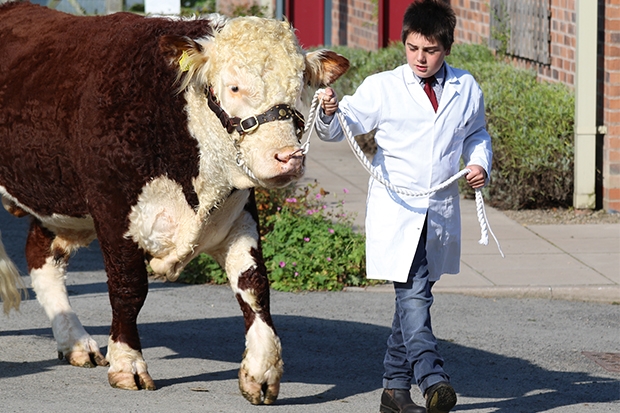Think back to any time you spent outside at school, and you’re most likely to recall a muddy sports field. At my school, one of the few times we were let loose into the surrounding countryside was when we took our Duke of Edinburgh’s award. Apart from that, the vast majority of our time was spent inside at our desks. Is that a good thing? The official curriculum might not factor in the great outdoors, but many schools have come to realise the benefits — both long-term and short-term — that being outside brings to their students.
Traditionally, private schools have led the way in teaching youngsters about the ways of the countryside. Many state schools, however, are now following their example. Take West Rise, a state junior school just outside Eastbourne. Its headmaster, Mike Fairclough, is very keen on ‘character-building’ — and believes that the best way to do this is by spending time in the great outdoors. A 120-acre wetland marsh which it leases from the council has become the focus of its outdoor curriculum. The school keeps a herd of water buffalo and a ‘bee sanctuary’ there, and the children are building a Bronze Age village. One day a year is dedicated to countryside management, including fly fishing, gun-dog training and clay-pigeon shooting, all with a focus on environmental sustainability. It’s not all fun and games, though — the Bronze Age village doubles up as a history classroom, and the school’s Key Stage 2 results are above average.
This might all seem slightly hippyish, but it doesn’t seem to cause any harm; in fact, the school has won a raft of awards for its outlook on education. The only people who seem to get upset are anti-gun campaigners, who argued that children shouldn’t be let loose with shotguns.









Comments
Join the debate for just £1 a month
Be part of the conversation with other Spectator readers by getting your first three months for £3.
UNLOCK ACCESS Just £1 a monthAlready a subscriber? Log in